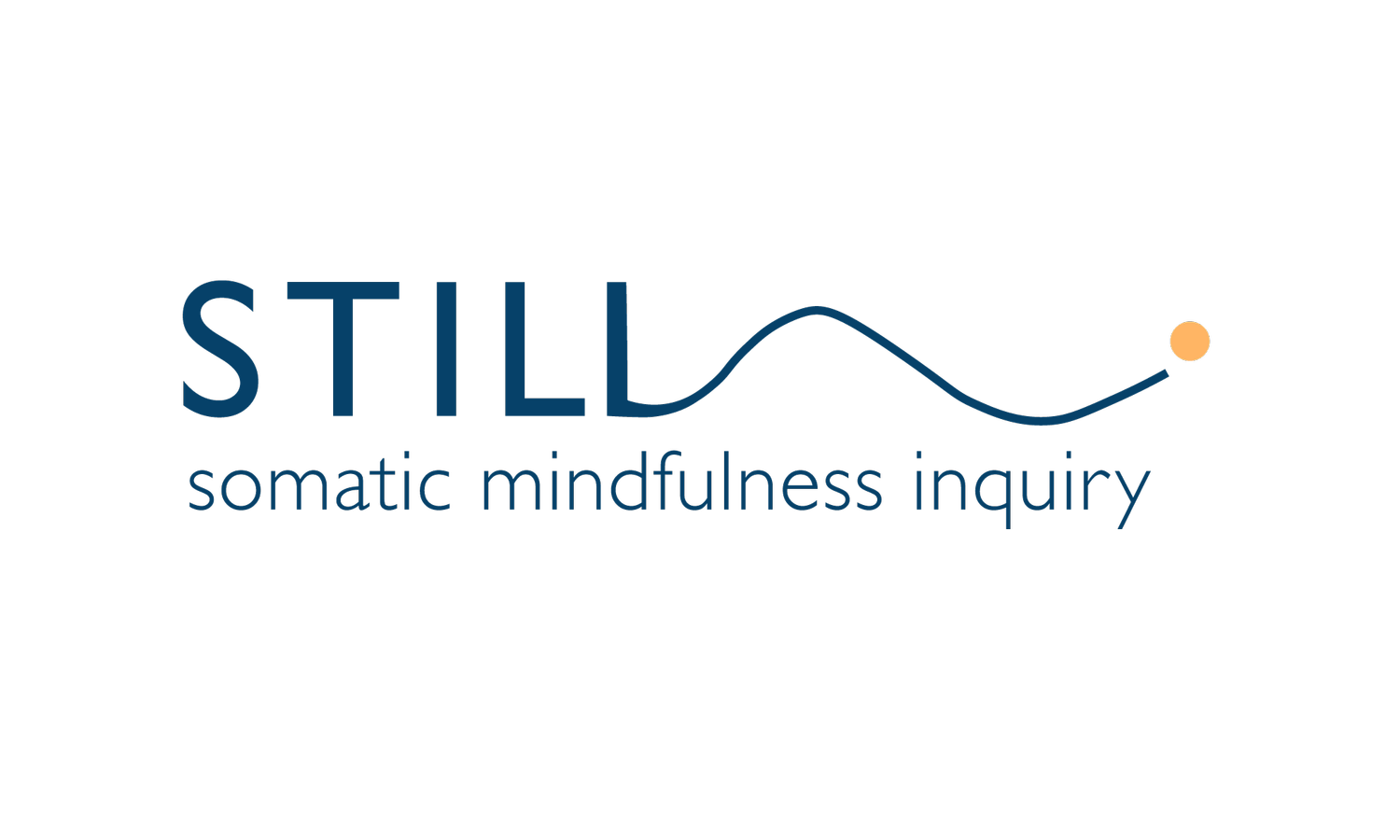Is This Fawning Or Connection?
Fawning is an adaptive strategy arising from early attachment insecurity, especially in ambivalent or disorganized styles. It is a survival response: an attempt to maintain connection or prevent abandonment by appeasing, pleasing, or over-accommodating others.
The nervous system learns that safety depends on suppressing one’s own truth or needs to keep relationships intact. This adaptation is automatic and fear-based. It is not a conscious act of empathy or care. In fact fawning or people pleasing often prevents authentic repair because it bypasses the real emotional truth - there is no mutual regulation, only appeasement to avoid conflict.
Repair is a Relational Skill
In contrast to fawning, repair is rooted in secure attachment and emotional regulation. When making a bid for connection and repair, we directly acknowledge misattunement or harm, take responsibility without defensiveness or self-justification, and invite reconnection.
A sincere apology (“I know I hurt you when I said this…”) allows both people to move from shame and isolation toward mutual understanding. Dr Diane Poole Heller stresses that repair builds relationship resiliency, and learning to both initiate and receive repair is one of the strongest predictors of relational well-being.
True repair engages the ventral vagal state, safety, openness, and authentic engagement, rather than the defensive appeasement of a fawn response.
How does this show up in our body and nervous system?
Fawning keeps the body in a collapsed or anxious state; our physiology is still oriented to threat, not connection. This response is often linked to insecure attachment from inconsistent caregiving or fear of rejection. We learn as a child to stay small to stay safe.
Repair becomes possible only when our nervous system experiences competent protection and co-regulation, either internally (through the adult self) or externally (through a therapist or trusted other). We pendulate, moving between activation and resource, so that emotions can integrate safely. Repair includes embodied safety and authentic prosody that signal connection rather than submission.
Healing involves re-patterning toward secure attachment, where differences and conflicts can be navigated safely instead of avoided.
Shame and humiliation
Of the major survival responses (fight/ flight/ freeze/ fawn) this one carries the most shame. We fawn to people with more power and this can leave us feeling humiliated, frustrated and powerless. People pleasing is not a personal failure or weakness. It is a survival response where there is power imbalance.
As adults, we can intentionally work with our autonomic survival responses and neuroception. What is the actual threat now? What are our options? We practice somatic mindfulness (then or later during inquiry) to notice cues of collapse or anxiety and use tools to return to emotional regulation.
Moving from fear-based compliance to truth-based connection
We practice somatic mindfulness (then or later on inquiry) to notice cues of collapse or anxiety and tools to return to emotional regulation.
We have small, embodied experiences of safety and repair. Dr Poole Heller calls this process “Dynamic Attachment Repatterning Experience” (DARE), where we gradually replace appeasement with mutual presence, truth, and emotional honesty.
In our Sunday free community class this week, we’ll practice somatic inquiry, more accurate neuroception when people pleasing comes up, and authentic sharing in small group.
Recall a relationship or situation where you people please or fawn.
Who is it with? What are the power dynamics? How does that feel in your body? What are some other options and how might you move into those?
